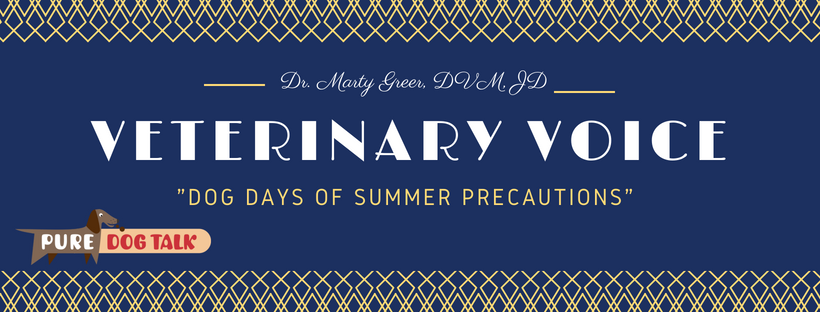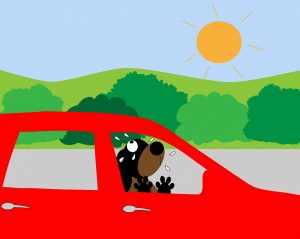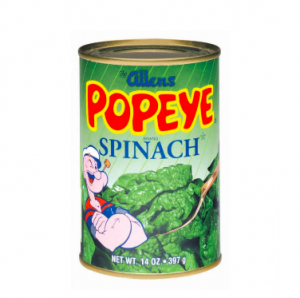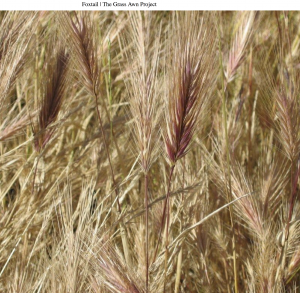198 – Vet Voice: Dog Days of Summer Precautions
Dog Days of Summer Precautions
Dr. Marty Greer, DVM takes us through a few summer dangers, how to avoid them and some excellent tricks to solve some of them. Listen to find out why canned spinach and Dawn dish soap are on her “must have” list.
Hot cars
“Nobody leaves a dog in the car on purpose,” Greer said. “They get distracted and lose track of time.” She recommends keeping a leash draped around your neck as a simple reminder. And to never trust the AC in a running car.
Leave a note on the car’s dash with your cel phone number in those instances when you need to make a quick dash inside a store, Greer suggested, so people won’t try to ‘rescue’ a dog that doesn’t need it or in case of actual emergency.
Blue-green algae
These toxic algae blooms in still water are not common, Greer said, but they are dangerous. She recommends keeping Dawn dish soap on hand to wash a dog that has been in questionable water. And not allowing dogs to drink water that is not free running and clear
Canned spinach??
Greer said this easy, cheap household staple can be fed to dogs who have consumed small, sharp objects that could cause gastrointestinal distress like sharp bones from a barbecue.
“The spinach wraps itself around the item and allows the dogs to safely pass small sharp items,” Greer said. “Every year we have dogs that don’t have to go to surgery thanks to this — diamond rings, you name it.”
Cookouts and holiday festivities are always of concern with our dogs. She noted that corn cobs are a particularly common source of bowel obstruction.
Foxtails
These nasty weed seeds are deadly dangerous to our dogs. They can penetrate skin and migrate anywhere. Commonly they become imbedded between a dog’s pads. In the best case scenario, the seeds simply abscess and make a lame dog. Seeds can get in the dog’s ear, working their way down to puncture the ear drum and cause painful ear infections. Worst case, Greer noted, is when foxtails travel to the lungs from the nose, or even feet, and cause a pneumothorax. Saving the dog’s life then requires dangerous and extremely costly surgery.
Greer recommends prevention by checking your dog after every outing in the field and learning to recognize the dangerous plants by visiting http://www.meanseeds.com/, a website created by a client of hers in Wisconsin.
Ticks
“These are nasty creatures we want to avoid,” Greer said. “Changes in climate have impacted the spread of ticks.”
An ounce of prevention, again, is worth a pound cure. Greer suggests that dogs be on flea/tick preventative year-round and that the current products are safe and effective. She is happy to provide current information about products that are safe to use with dogs in a breeding program. Visit https://www.smallanimalclinic.com/ for more information.
Ticks are vectors for zoonotic diseases including Lyme’s, anaplasmosis, Ehrlichia, Rocky Mountain Spotted Fever and potentially dozens more that as yet are unidentified, Greer noted.
“There are new diseases, even new ticks,” Greer said. “It’s startling how many tick borne diseases out there.” She recommends visiting https://www.capcvet.org/ for more information
Canine flu
Greer’s advice: “Vaccinate. Any dogs in competitive venues or that even leave their houses should be vaccinated. There is no natural immunity in the population because these are new viruses.”
Thunderstorms/fireworks
Talk to your vet about anti-anxiety meds, Greer said. Acepromazine and Benadryl are not anti-anxiety drugs, they just make the dog unable to show you how scared they are, she added.




